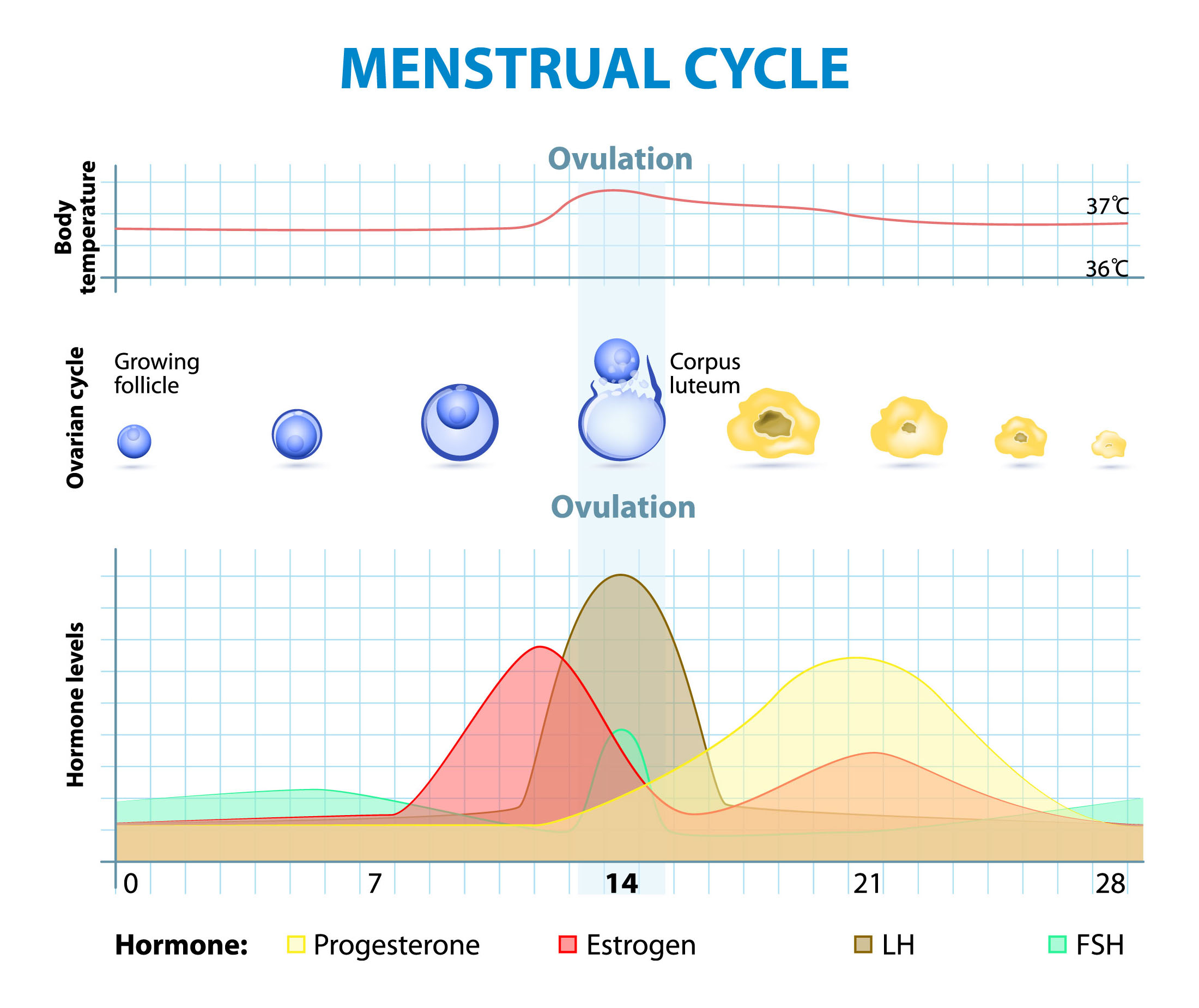What’s This Research About?
They wanted to find some possible reasons why women have more ACL injuries.
In this study, they were looking at the effects of estradiol and temperature, of which
both have been known to affect connective tissue. They were the first investigators
to measure and control for temperature in an ACL study. The purpose of the study
was to investigate how estradiol levels, and tissue temperature related to ACL
elasticity, and knee flexibility.

TITLE: Anterior cruciate ligament elasticity and force for flexion during the menstrual cycle
PUBLICATION: Medical Science Monitor
DATE: November 2013
AUTHORS : Haneul Lee, Jerrold S. Petrofsky, Noah Daher, Lee Berk, Michale Laymon, Iman Akers Khowailed
Much of the data compiled in the last couple of decades has shown that ACL tears occur in women at 2 to 8 times as many than in men. Many theories ranging from anatomy, motor patterning, strength, and hormonal effects are attributed to the higher incidence of ACL injuries.
ACL– Anterior cruciate ligament is in the knee and is one of the tissues connecting the femur to the tibia. It keeps the tibia from moving excessively anteriorly as well as rotating medially.
Estradiol– Estradiol is a steroid and the primary female sex hormone. ACL has a receptor for this so the estradiol has been found to affect the integrity of the ligament. A significant reduction of fibroblast proliferation was observed with increasing estradiol concentrations.(1)

